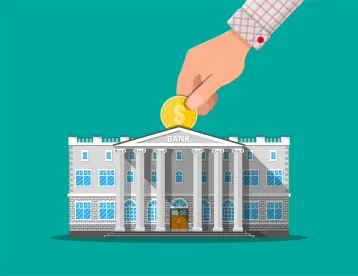A little over a year ago, California Governor Gavin Newsom signed legislation, AB 857 (2019 Cal. Stats. ch. 442) local agencies to establish so-called "public banks", subject to approval by the Department of Financial Protection and Innovation and Federal Deposit Insurance Corporation. See here. On Friday, November 20, the DFPI gave notice of proposed regulation to implement AB 857. On the following Monday, and perhaps not coincidentally, the Senate Committees on Governance and Finance & Banking and Financial Institutions held an informational hearing entitled "A State Bank? There Is Interest, But Does It Make Cents?"
I would have titled the hearing to pose a more consequential question - "A State Bank? Will it Cost Billions?" According to the backgrounder prepared for the hearing, one feasibility study found that a public bank depository model would require 31 years to break even and $1.6 billion in start-up costs, operational subsidy, and capital investment. The same study found that a much more modest non-depository model that focused on reinvestment would take a decade to break-even. The backgrounder focuses on North Dakota's public bank with good reason. According to a report issued by the State Treasurer last year,
"All public banks have ceased to exist either by regulatory order, financial failure, or the state or municipality closing the public bank, with the sole exceptions of the Bank of North Dakota and the recently approved American Samoa Bank."
Given this dismal track record, it is felicitous that no applications have yet been submitted to the DFPI for a public bank. Nonetheless, the proponents of public banking expect that there is interest in San Francisco, Los Angeles and the East Bay.



 />i
/>i

